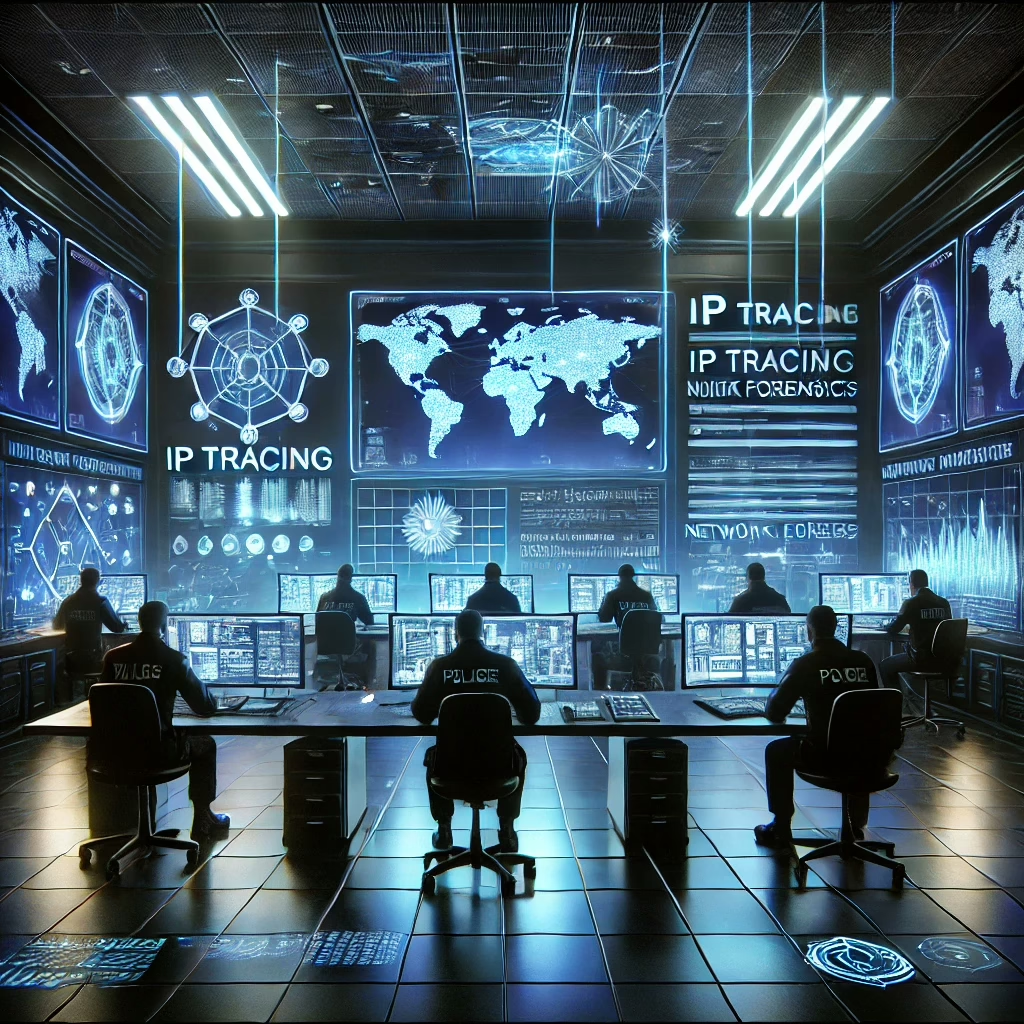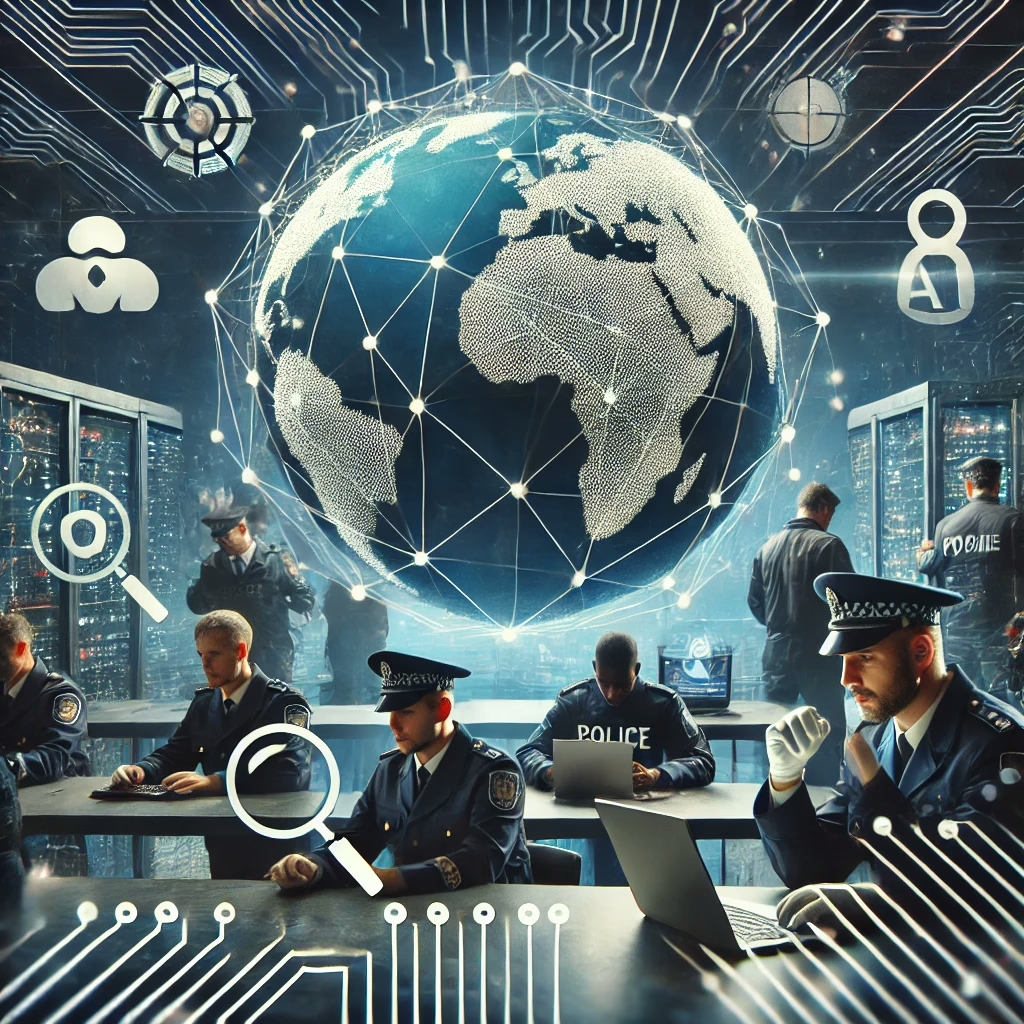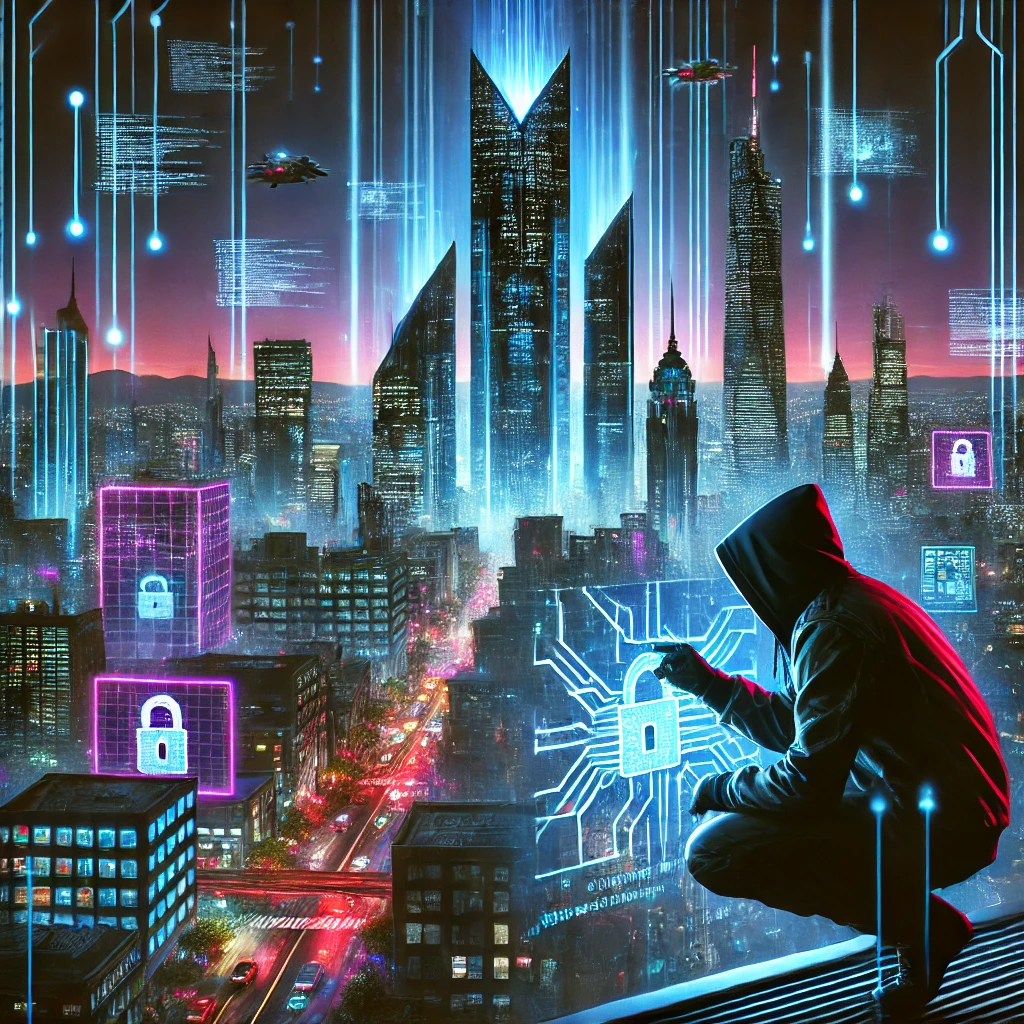
In an era where digital threats evolve faster than ever, AckerWorx has unveiled its latest innovation in the battle against cybercrime: CyberSentinel. This state-of-the-art platform is engineered to empower Law Enforcement Agencies (LEAs) globally with cutting-edge AI and anti-crime methodologies. CyberSentinel stands at the forefront of technological advances, integrating a suite of powerful tools designed to predict, prevent, and prosecute digital felonies. Here’s a deep dive into the six revolutionary features that set CyberSentinel apart.
- Predictive Threat Analysis (PTA)
CyberSentinel’s PTA system leverages machine learning algorithms to analyze vast amounts of data from the dark web, social media, and known threat databases. By identifying patterns and correlations in this data, the AI predicts potential cyber-attacks before they occur, allowing LEAs to take preemptive action. This feature employs advanced natural language processing (NLP) techniques to sift through unstructured data, providing actionable intelligence.
- CyberGenome Sequencing (CGS)
Drawing inspiration from biological studies, the CGS feature maps the “DNA” of malware and cyberattack strategies. This involves a complex analysis of code structure, attack vectors, and behavior patterns of malicious software. By understanding the fundamental components that constitute a cyber threat, CyberSentinel can identify new variants of known malware and predict possible mutations, enabling faster containment and neutralization.
- Real-Time Decryption AI (RDAI)
The RDAI feature employs quantum-inspired algorithms to decrypt communications and files associated with cybercriminal activities in real-time. This capability is crucial for accessing critical information during cybercrime investigations, especially when dealing with ransomware attacks. RDAI’s adaptive learning framework ensures that the system continuously evolves, staying ahead of emerging encryption methods used by cybercriminals.
- Digital Forensic Reconstruction (DFR)
CyberSentinel’s DFR feature utilizes AI to reconstruct digital crime scenes. By analyzing remnants of cyberattacks, such as logs, memory dumps, and network traffic, DFR creates a comprehensive timeline and visualization of the intrusion. This aids investigators in understanding the attack’s methodology, pinpointing vulnerabilities, and identifying the perpetrators with higher precision.
- Behavioral Anomaly Detection (BAD)
Leveraging deep learning, the BAD system monitors network and user behavior patterns to detect anomalies that may indicate a cyber threat. Unlike traditional signature-based systems, BAD adapts to the constantly changing digital environment, detecting zero-day threats by their behavior rather than known signatures. This proactive approach significantly reduces the chances of successful attacks.
- Global Threat Intelligence Sharing (GTIS)
At its core, CyberSentinel promotes collaboration and knowledge sharing among LEAs worldwide. The GTIS feature is a secure, blockchain-based platform that allows agencies to share intelligence about cyber threats and defense mechanisms without compromising sensitive information. This collective intelligence approach enhances the global response to cybercrime, making the digital space safer for everyone.
Conclusion
CyberSentinel by AckerWorx is more than just an anti-cybercrime platform; it’s a comprehensive ecosystem designed to adapt, learn, and counteract the ever-evolving landscape of cyber threats. With its six pioneering features, CyberSentinel is poised to redefine how LEAs approach and combat digital crimes, marking a new era in cybersecurity. Stay tuned as we continue to develop and refine the technologies that will protect our digital world.

















